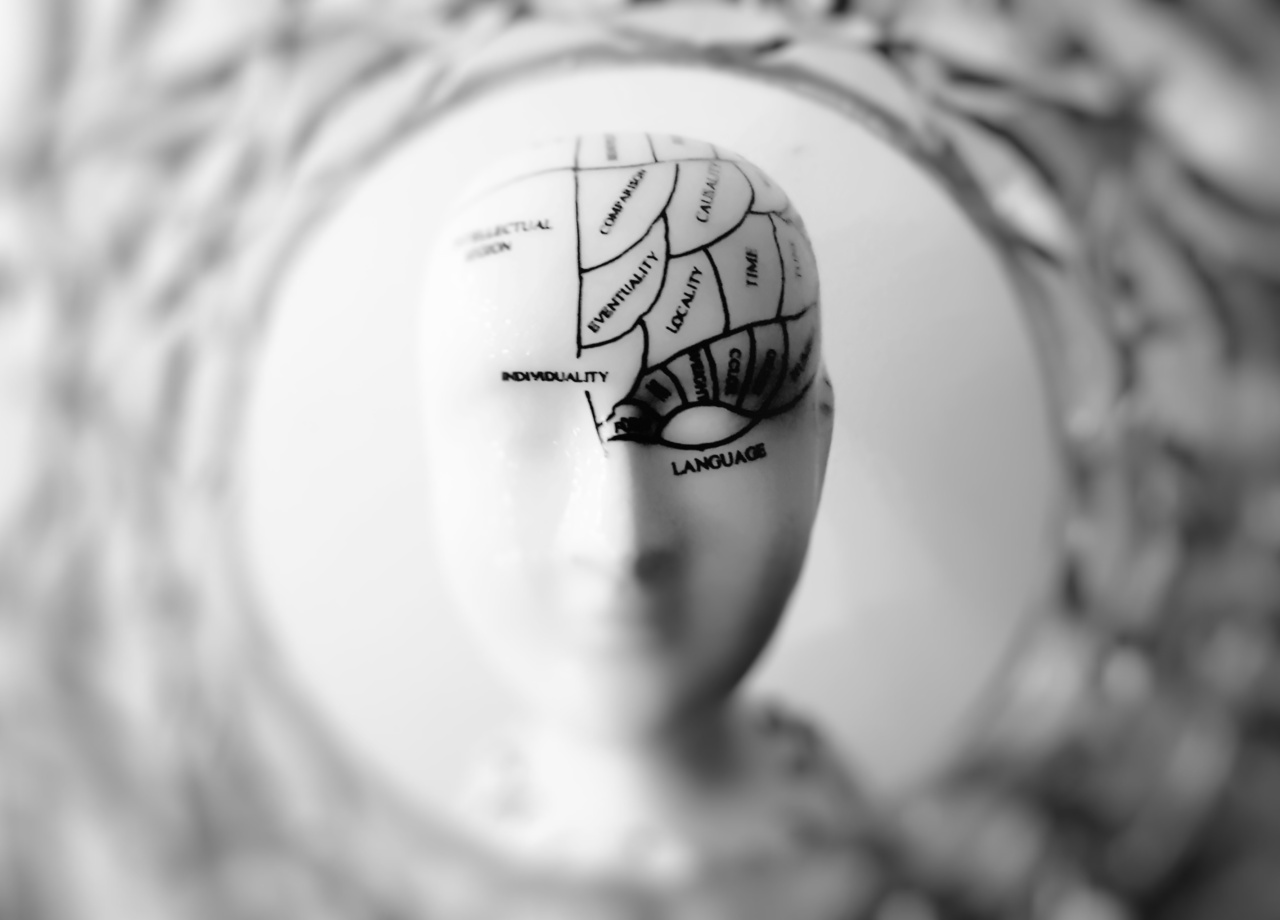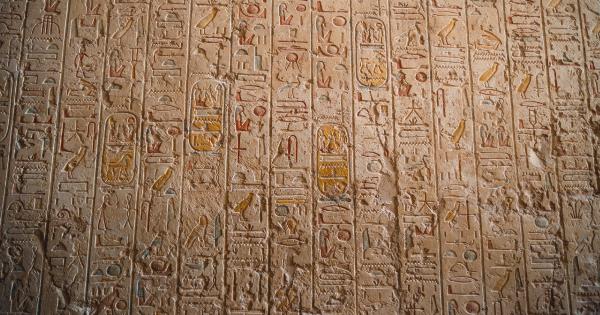One of the most recognizable symbols associated with the concept of experience is the head symbol. Found in various forms and representations across different cultures and fields, this symbol has become ubiquitous in its usage.
From the depiction of a person’s face to the portrayal of thought and knowledge, the head symbol resonates with individuals and is deeply ingrained in our collective understanding of experience.
The Cultural Significance of the Head Symbol
The head symbol holds significant cultural importance. In many societies, the head is considered the seat of the mind, intellect, and consciousness. It is the main source from which thoughts, emotions, and perspectives emanate.
In art and literature, the human head is often used to portray the complexity of human experience, reflecting the intricate workings of the mind, personality, and individuality.
The Head Symbol in Psychology
In psychology, the head symbol is extensively used to represent the inner experiences of individuals. It is associated with concepts such as perception, memory, cognition, and emotional processing.
The head symbol is often employed in diagrams and illustrations to explain the various cognitive processes and how they contribute to our overall understanding of the world. It serves as a visual representation of the complexities occurring within our minds during the process of experiencing events and stimuli.
The Head Symbol in Education
In the field of education, the head symbol is frequently utilized to represent knowledge and learning. It is commonly found in textbooks, educational materials, and school logos.
The symbol embodies the idea that education enhances and broadens our understanding of the world, as well as enriches our personal experiences. It serves as a visual reminder of the importance of intellectual growth and the pursuit of knowledge.
The Head Symbol in Business and Marketing
The head symbol is extensively used in business and marketing to signify expertise, credibility, and trustworthiness.
Many companies and organizations incorporate the head symbol into their logos and branding to convey their commitment to delivering quality experiences and services. By associating their brand with the head symbol, businesses aim to elicit feelings of reliability and expertise in potential customers.
The Head Symbol in Religion and Spirituality
In religious and spiritual contexts, the head symbol holds various meanings. It is often associated with divine knowledge, wisdom, and enlightenment.
For example, in Buddhism, depictions of Buddha often feature an elongated head symbolizing the expanded wisdom and enlightenment achieved through spiritual practices. The head symbol also plays a role in rituals and ceremonies, representing the connection between the physical and spiritual realms in certain beliefs and practices.
The Head Symbol in Art and Creativity
Artists have long utilized the head symbol in their works to capture the essence of human experience. The human face, in particular, is a ubiquitous subject in sculptures, paintings, and photographs.
Artists strive to portray the depth and diversity of human emotions, thoughts, and experiences through the intricate details of the head symbol. From the subtle variations in facial expressions to the play of light and shadow on the contours of the face, the head symbol in art reflects the richness and complexity of our experiences as human beings.
The Head Symbol in Popular Culture
The head symbol has made its way into popular culture through various mediums such as film, television, and literature. Characters with distinctive heads or facial features have become iconic, representing specific aspects of human experience.
These symbols often become synonymous with the characters themselves, evoking emotions and eliciting recognition from audiences. Additionally, the head symbol is often incorporated into merchandise, further solidifying its association with the overall experience of consuming popular culture.
The Future of the Head Symbol
As we move forward in an increasingly interconnected world, it is likely that the head symbol will continue to evolve and adapt to new contexts.
With advancements in technology, virtual reality, and artificial intelligence, the head symbol may take on new meanings and representations, reflecting our changing experiences and understanding of the world. Regardless of the form it takes, the head symbol will remain an enduring symbol of experience, knowledge, and the complexities of the human mind.































